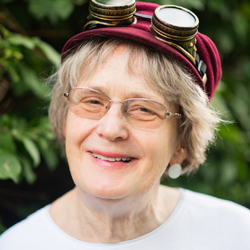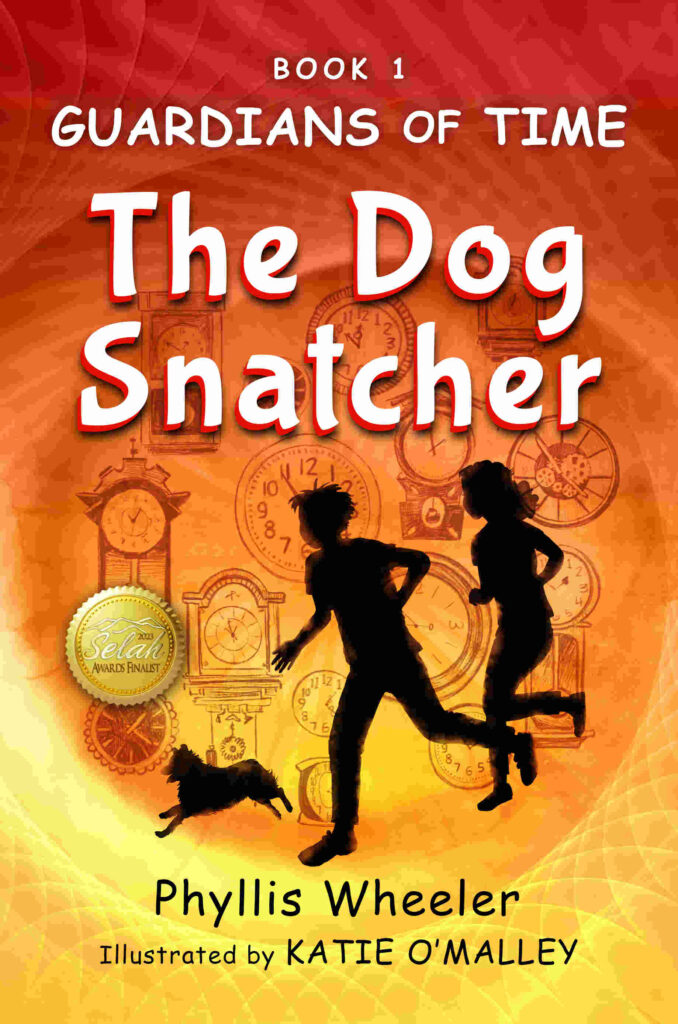
I Am David by Anne Holm, a tale of the Cold War, is an international classic, even fifty years after its first publication. It’s got a lot to recommend it–It’s a riveting read. But it’s also got hard things in it. Is I Am David by Anne Holm, supposedly for ages 8-12, actually appropriate for young children?
We’ll come back to that question.
Anne Holm, a Danish journalist and author, wrote this novel in 1963 about a twelve-year-old boy who grew up in a concentration camp in Eastern Europe and remembers nothing else. David’s life and outlook are uniformly grim. He has never even smiled.
When an unfriendly guard for some reason makes it possible for him to escape, he goes on the run. The guard gave him sparse directions: go south to Salonica, take a ship to Italy, then go north to Denmark. There you will be free.
In David’s journey he sees bright colors in southern Italy, for the first time. He explores our world: a bathroom, table settings, a bed. He delights in books, but he limits himself to books that are “true”: according to his definition, that’s books written before the Communist revolution in Russia in 1917.
David is shocked to find people who unexpectedly go out of their way to help him, It’s like he is waking from a bad dream. But always he keeps a distance, thinking that the authorities will throw him back into the camp if he makes himself known.
David has a strong moral compass, given him by a man in the camp who cared for him for years before dying of exposure. That man, Johannes, taught him never to steal or cheat, and always to remember who he is, David. Because that’s what the camps try to take away from you, your sense of who you are.
What makes this book so riveting is the author’s ability to stand in David’s shoes, see with his blind spots, feel his emotions, and experience his awakening of care and protectiveness for other children. We participate in his very first smile.
Of course I can’t spoil the book for you and tell you a lot about David’s journey, but I can say the book has a very satisfying ending.
So, is it appropriate for young children?
My literature professor read it to his sons when they were nine or ten, and they loved the book. But other kids might be more sensitive. The story discusses atrocities but doesn’t actually show them. I think age 12 or 13 would be a good age for this book.
I looked through online reviews of this book. One was from a reader who didn’t seem to know about the atrocities of the Cold War. This person thought the book must be set in World War II, and was critical of discrepancies. So, in the spirit of learning history so as not to repeat it, I think this is a good book for our young people to read. They need to know what happened under communism. The Gulag (Soviet prison system) was a reality during my early adult life. It could return again. And totalitarianism isn’t dead.
I’ll give it five stars for kids 12 and up. *****
book review blogs
@Barrie Summy










Some children are certainly able to handle grim reality at a much younger age than others. But it also depends on the particular type of grim reality. One child might read The Diary Of Ann Frank with no problem, but be devastated if a pet rabbit dies because he has a pet rabbit.
At some ages, I read history and biography that was more graphic than what I would tolerate in fiction. I did not like it, but I wanted to know what really happened.
Other young people don’t like real life violence but tolerate graphic science fiction, because it obviously isn’t real.
I would recommend talking to any reasonably self-aware youngster about what types of books they like and why, and also whether there are books that they don’t like and why. I would also consider reading the books yourself, rather than taking the word of reviewers. Then you can discuss whatever the child or young adult wants to talk about. Do have a conversation that is mostly about whatever the child / young adult wants to talk about in the book. Do not grill the young person about the book. But it is acceptable to admit that you did not like something and why, even if the young person thinks that the book is great, as long as you listen to why the young person thinks the book is great.
This is very wise. Thanks for contributing!
Interesting that I Am David was originally published in Danish. I’m looking forward to reading and added this book to my TBR pile (in English!). I googled and best guess is the fictional concentration camp was in Bulgaria. Very interesting. Thanks for reviewing!
Sounds interesting. Thanks for reviewing.
Why do people criticize historical fiction but not horror movies for kids? There is more to be gained from learning about the true evils of the world than getting scared for fun. I’m pleased there is a book like this for kids, and I like how you figured out which age would be the most receptive. Fine review!
Thank you so much, Sarah!
It’s tricky selecting books for kids. Thanks for the review.